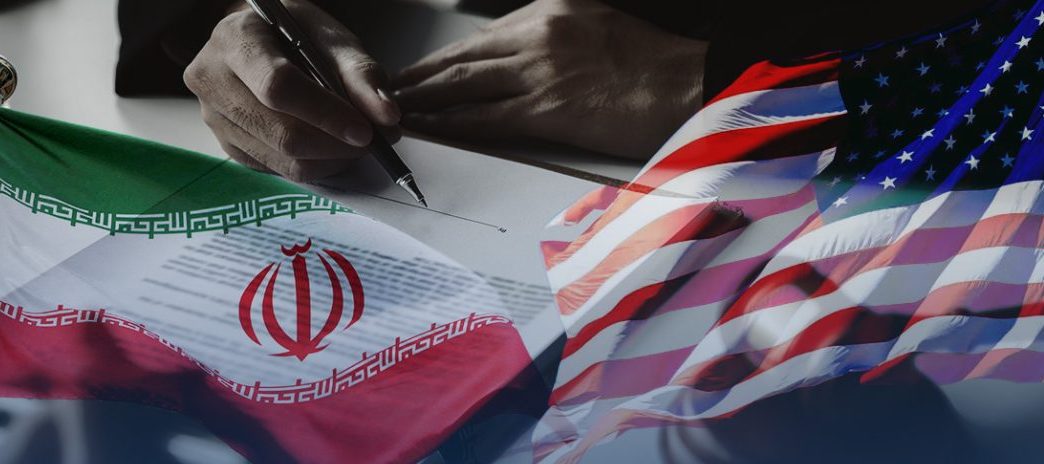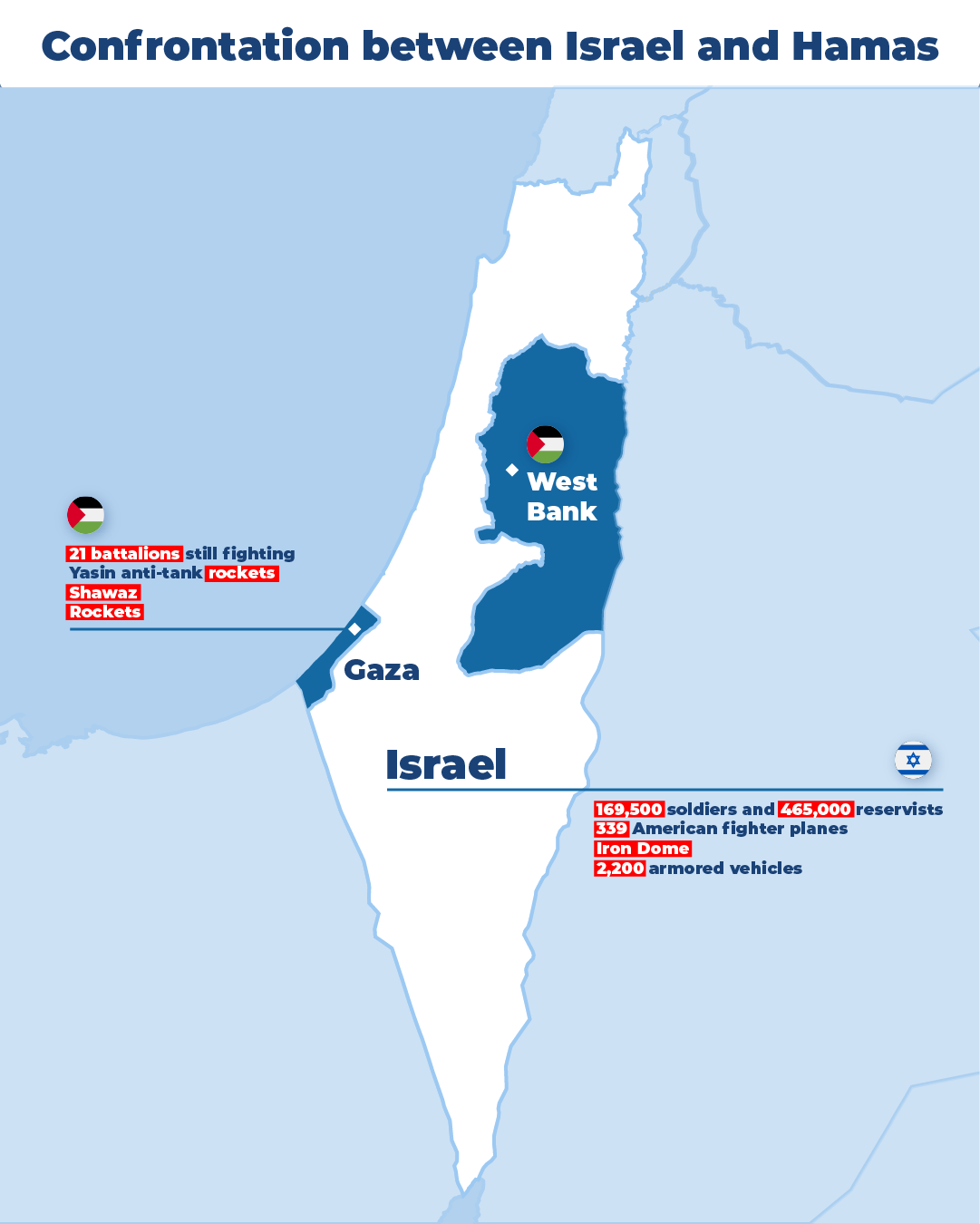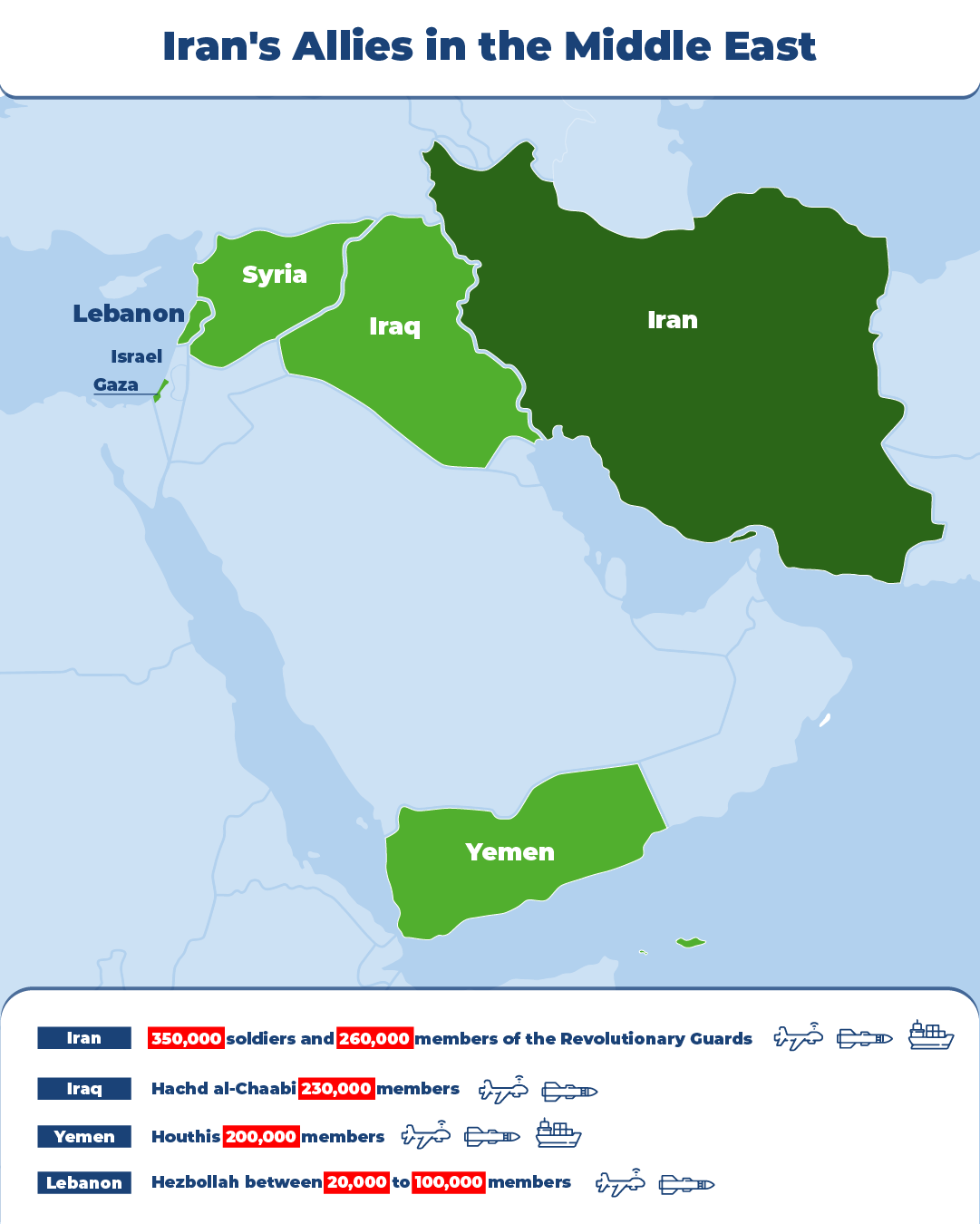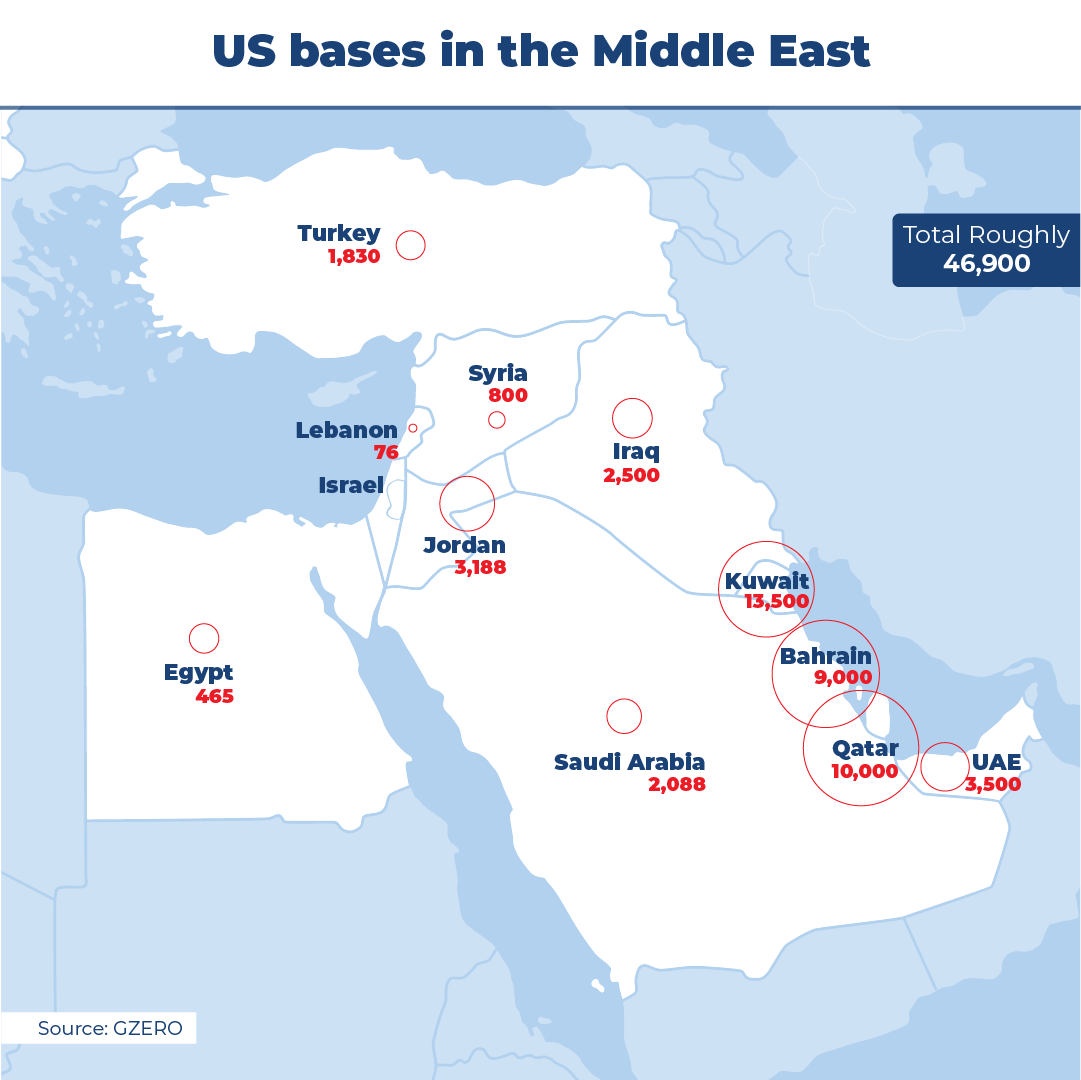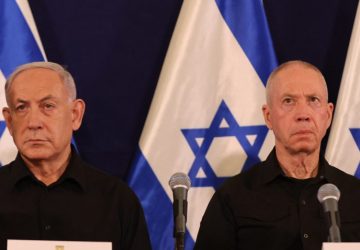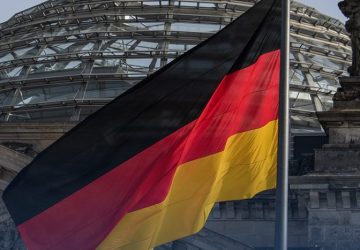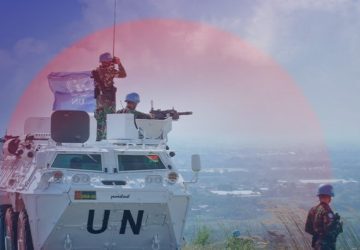As negotiations for a potential ceasefire in Gaza resume in Doha, the Middle East remains on edge, awaiting Iran’s response to the assassination of former Hamas leader Ismail Haniyeh in Tehran. Two camps are clashing in the region, both ideologically and militarily: Israel, backed by American support and regional bases, and the “Axis of Resistance,” centered around Iran and Hamas, with militias operating in Lebanon, Iraq, and Yemen. Here’s a look at the forces at play in the region.
Israel
In 2022, the Israeli army had 169,500 military personnel, according to The Military Balance, published by the International Institute for Strategic Studies (IISS). Additionally, more than 465,000 reservists can be mobilized in the event of a conflict.
Israel allocates around 4.5% of its GDP to defense annually. The country also receives over €2.9 billion in annual military aid from the United States, along with access to cutting-edge American military technology. This support has been bolstered by additional aid packages approved by Congress since the outbreak of the war. For instance, in August, the United States announced it would provide Israel with $3.5 billion for the purchase of American-made weapons and military equipment.
Israel also has approximately 2,200 armored vehicles, 530 artillery pieces, and 339 American fighter jets, including nearly 200 F-16s and 50 F-35s, with plans for further expansion. The country also owns attack helicopters and a fleet of drones able to carry out both surveillance and strike missions. On the defensive side, Israel relies on its renowned Iron Dome, designed to intercept short-range rockets and shells.
Since October 7, 689 soldiers have been killed and 4,303 wounded, according to the Israeli military.
Hamas
Prior to the war, the IISS estimated Hamas’s fighting force at around 20,000. Current figures on the number of active fighters are now unclear.
Hamas had a substantial arsenal of rockets, estimated between 30,000 and 50,000, along with drones and Yasin anti-tank missiles. The group also possessed improvised weapons, such as the Shawaz, which can damage Israeli tanks. Despite significant losses in personnel and equipment, Hamas continues to demonstrate offensive capabilities, as evidenced by the launch of two rockets at Tel Aviv on Tuesday.
An August investigation by CNN revealed that nearly half of Hamas’s battalions in central and northern Gaza had restored their combat capabilities by recruiting new fighters and making efficient use of increasingly scarce ground resources.
As of July 1, only three of these 24 battalions were deemed “combat-ineffective,” having been destroyed by the Israeli military, while eight battalions remained “combat-effective.”
The remaining 13 battalions have experienced a decrease in their capabilities but are still able to conduct sporadic guerrilla attacks against the Israeli army, according to CNN.
Out of these 13 battalions, seven have managed to partially rebuild their military capabilities at least once over the past six months.
Hezbollah
In 2021, Hezbollah claimed to have 100,000 fighters, a figure likely overblown according to international estimates. Experts believe that the group has between 20,000 and 25,000 active fighters, with the potential to mobilize up to 40,000 or 50,000 more. Among them is the elite “Radwan Force,” comprising around 2,500 fighters trained by Iran.
With support from its Iranian ally, Hezbollah boasts a sophisticated military arsenal. In addition to advanced weaponry, it is believed to own between 150,000 and 200,000 missiles and rockets of various types, sourced from Russian, Chinese, and Iranian manufacturers. The group also has anti-aircraft batteries and defense systems such as the Russian SA-22, as well as a fleet of several thousand reconnaissance and attack drones produced locally and in Iran.
The Shiite group has built an extensive network of bunkers, weapons caches, and tunnels in southern Lebanon, supported by a highly effective intelligence apparatus.
Despite several losses since the beginning of the war, Hezbollah retains significant operational capability.
Iran
According to The Military Balance 2021 by the International Institute for Strategic Studies, Iran’s military includes approximately 350,000 regular personnel, with an additional 260,000 members of the Islamic Revolutionary Guard Corps (IRGC) and about 40,000 paramilitaries.
Despite facing international sanctions, Iran has developed advanced weaponry, including missiles, drones, air defense systems, armored vehicles, tanks, and aircraft. By 2012, the country claimed to have achieved self-sufficiency in military equipment production.
Iran’s strategy mainly revolves around the production of missiles and drones, supported by air defense systems and highly mobile vessels. The International Institute for Strategic Studies estimates that Iran possesses around twenty types of ballistic missiles, along with cruise missiles.
The development of armed drones is also a key component of Iran’s strategy. Affordable and easy to produce, these drones were significantly advanced during the 2010s, including models such as the Shahed and Mohajer, which were used in Iran’s initial response to Israel.
Houthis
Since the Hamas attack on October 7, the Houthis have increased their operations in the Red Sea in support of the Palestinians, targeting Israeli and Western ships and launching missiles and drones against Israel.
The Houthis maintain secrecy about the number of their fighters, making it difficult to estimate their numbers, especially since recruitment within the organization has surged since the outbreak of the war. However, CIA sources suggest that the group includes approximately 200,000 fighters.
The Houthis possess a sophisticated military arsenal, enabling them to launch attacks on land, at sea, and in the air. Besides handguns, the group has a large stock of ballistic missiles, rockets, and cruise missiles. Notably, their Typhoon missiles, similar to Iran’s Qadr missiles, have a range of 1,600 to 1,900 kilometers.
The group also uses Iranian Shahed-136 drones with a range of 2,000 kilometers and the Samad-3 drone, which can carry 18 kilograms of explosives and has an estimated range of 1,600 kilometers. Additionally, the Houthis claim to produce their own drones.
Hashd al-Shaabi
Since the onset of the Gaza war, pro-Iran groups have been threatening the international coalition in Iraq. Most of these groups are affiliated with the Popular Mobilization Forces (PMF), a coalition of predominantly Shiite militias formed in 2014 to combat ISIS.
The PMF includes between 60 and 70 armed factions, which differ significantly in structure and ideology. It was established following a call for jihad against ISIS by Shiite cleric Ali al-Sistani in 2014. However, the large majority of these militias are supported by and closely aligned with Iran.
Within this coalition is the Islamic Resistance in Iraq, which also operates in Syria. The group opposes the American presence in the Middle East and has been targeting coalition bases since the beginning of the Gaza war.
Each militia is divided into several brigades. The coalition officially integrated into the Iraqi state in 2016 by government decree and, as a result, receives state funding.
According to the 2023 budget, the PMF has an estimated 238,075 fighters. The coalition is allocated 3.5 trillion Iraqi dinars, or approximately €2.5 billion, which accounts for about 1.8% of Iraq’s national budget.
USA
The United States maintains a strategic presence in the region, with bases in Qatar, Bahrain, Kuwait, Saudi Arabia, Jordan, and the United Arab Emirates. About 46,000 American soldiers are stationed there. As part of the coalition against ISIS, Washington is also active in Syria, Iraq, and Turkey.
The largest American base in the Middle East is Al-Udeid Air Base in Qatar, home to at least 10,000 U.S. troops and serving as the headquarters for CENTCOM, the U.S. Central Command. The U.S. Fifth Fleet is stationed in Bahrain.
Since the onset of the conflict, the U.S. has bolstered its presence in the region with additional warships and several thousand troops, including the aircraft carrier USS Abraham Lincoln, which joins the USS Theodore Roosevelt. Also deployed is the nuclear-powered submarine USS Georgia, equipped with 154 Tomahawk missiles and four torpedo tubes.
U.S. troops are regularly targeted by pro-Iran militias, especially in Iraq, where at least 160 attacks have been reported. In retaliation, the U.S. military has carried out multiple operations in the region, targeting both pro-Iranian militias and the Houthis in Yemen.
UNIFIL
Established by the United Nations in 1978, UNIFIL (the United Nations Interim Force in Lebanon) is responsible for maintaining peace between Israel and Lebanon. However, its mission has been significantly hindered by the renewed conflict between Hezbollah and Israel. The force comprises 13,000 peacekeepers.

